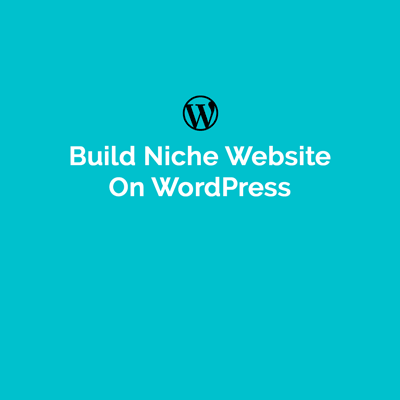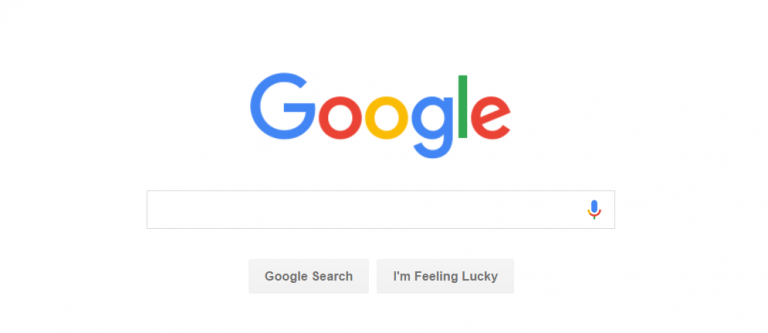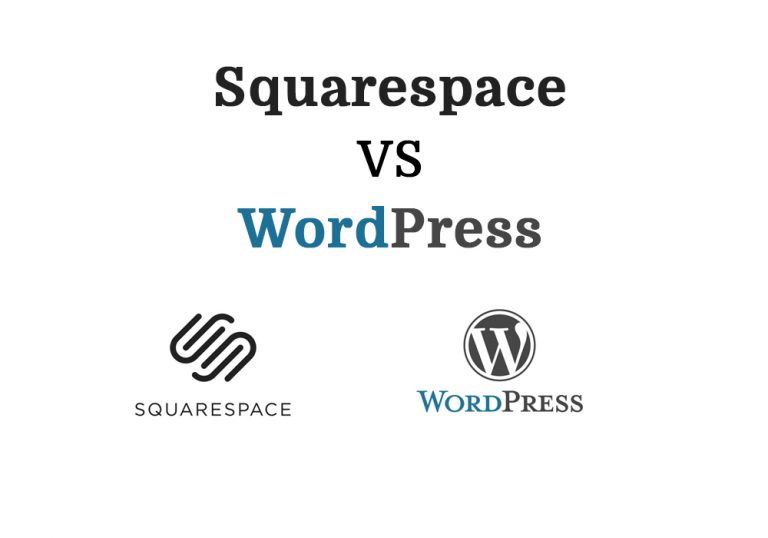How To Write Your Blog Post.
So you just opened your own blog, customized the design to your taste, all hyped and running, but the question is, NOW WHAT? The ultimate existential question for every blogger is, WHAT SHOULD I POST NOW? But like Alice when lost in wonderland, this post can guide you with HOW TO WRITE YOUR BLOG POST like the Eat Me cake and the Drink Me bottle.
STEP 1. PLAN YOUR POST
This is the starting point of your road to writing your first, if not every, blog post. The planning stage where you shouldn’t be concerned about grammar and sentence construction. It’s just the conceptual yet critical part, so let’s start!
Target your audience

You have your ideal blog which can range from almost every idea on this planet, but who do you want to speak to? the readers of your blog post, your audience, your followers, your viewers, who are they?
This is where demography comes in: their age, their sexuality, their work, their religion, if possible, their location and even their educational attainment. This is important because this can help define the tone of your blog post, and the possible topics you can talk about.
For example, if you have a lifestyle blog which targets the millennials, you can post about topics such as yoga, diets, exercise routines, and gadgets. If you are targeting the couples, you can post about ideal places to go to, or house floor plans for their homes, or even wedding ideas. Targeting your audience can help avoid unnecessary effort of going all the trouble to create a wonderful post just to be ignored by your target audience.
Think of a Topic
The very soul of your blog post. It could be something you are passionate about so that it won’t be a chore to write, or it could be something you are very interested about and are willing to spend time studying it. If not, it may take more effort than necessary in order to complete, but could be equally fulfilling. A brain child is a brain child after all.
Based from your targeted audience and the general gist of your blog, you can now conveniently choose a topic to your liking.
Maybe something controversial, trendy or classic?
It is now up to you, just make sure you consider your audience.
Make a skeleton
For anything that you write, make a general skeleton or outline of your topic. It will include all the topics you wish to discuss as well as subtopics or it can include the general gist of your post. Trust me, this will help you with writing the body of your post. Just write all the concepts you have in mind then just arrange it so that it can be easy to understand and with a good flow of information.
STEP 2. WRITE AN INTRODUCTION
Now this is the start of the actual writing portion of your blog posting journey. This part is all about getting the attention of your readers in order for them to scroll down till the bottom of your page until they have read EVERYTHING you WROTE. So muster your strength and energy, juice out all your creative juices, coz here we go!
Make a Catchy Headline
Headlines are short, attention grabbing phrases containing the gist of your blog post. It is a method you can use so that a passer by will actually READ your entire article. You can base your headline style with famous blogs, but don’t directly copy it! Remember that you’re just a budding blogger, not only do you have to get your followers, you have to create GOOD reputation by creating original blog posts.
You want attention but you have to be specific about it. Don’t over-promise and deceive, this will cause some trust issues not only on the post you made, but with your future blog posts as well.
Make your headline sensational but direct to the point and easy to understand. Another challenge is that it should be mysterious and interesting enough for the reader to want to read MORE.
Make it eye-catching
So you already have your headline, now you can start writing the actual blog post. An introduction is another attention grabbing method which states the gist of the post – only longer than the headline. Here are some tips on how to make introductions:
Quote it.
You can drop some quotes relevant to your blog post as a start. Placing it inside quotation marks somehow gives off the well thought, important and famous vibe, especially if the quote is from a notable person. A quote can range from a line from a book, movie or song, to a direct quote from a person.
Ask it.
Asking can make your reader think. It makes your post more personal because you’re reaching out to them like you are sitting side-by-side, chatting about life. You’re waiting for a response, you want to hear from their end. This can also make them want to read more so they can verify the answer to their questions.
Fact it.
Everybody loves facts! Little did-you-knows exude a feeling of belongingness because facts are backed up by science, and if your reader can relate, then they can be assured with your post. Plus points for weird and unusual trivias since studies show that people tend to remember these more than the average ones.
Narrate it.
Good old storytelling. It will feel like you’re reading a story instead of a blog, which is extremely effective if your post is about another person, an autobiography, historical or even futuristic events. You’re basically sending your reader back and forth in time. It is both entertaining and engaging at the same time.
Set it.
Create a scenario, like you’re directing a movie and your main actor is your reader. In the same concept as asking a question, you’re placing your reader in an alternate dimension where he is alone and your blog post is the only thing that can save him. Your reader will want to read more to validate if what he imagined to do is actually correct or not.
STEP 3. CONSTRUCT YOUR BODY
Like Frankenstein during his fit of disillusion and creativity, you are creating life from existing materials, you are creating the body of your post. You are creating your brainchild, to be given birth in the form of letters and words, for others to gaze on and adore. But how can you start?
Research
Yeah it looks boring. Why bother researching especially when you know the topic you’re discussing like the back of your hand, right? Well, to be fair, even the experts did their research before presenting their paper, so it wouldn’t hurt to study more about your topic. You will learn more in order to share more, at the same time, you will be more confident in constructing your post.
You can insert some facts here and there without doubting your credibility since everything you are saying is backed up with proof. This is extremely critical if your blog is science related or history themed. Having proper footing can also save you from conflicts from skeptics, so, hoorah!
Fact Check
Besides doing your research, you should also check if what you researched are credible. The internet is a wild jungle filled with not only wild and dangerous organic animals, but with fake, plastic ones as well. Another very critical pointer for fact based blogs, since one slip of a lie can ruin your credibility. All the care you put through with your research can be wasted just because you didn’t verify the source of your fact.
Organize
This is directly related to the skeleton you previously built, only, now you’re adding flesh to it. Your skeleton might change depending upon the information you gathered, or when you deemed that some pointers are not necessary anymore.
You can merge some pointers or elaborate it more. Just make sure that you are arranging it in a logical manner. Again, all the trouble you went through by doing the things above will be wasted if you just randomly place your contents all throughout your blog post. This is not the “who came first, the chicken or the egg?” thing, you need to organize and keep the flow of your blog post in check.
Use Images
Picture books are not only effective for children, but for adults as well. Well, not really in the same sense since adults can tolerate reading more words than toddlers but hey, sometimes, reading plain texts can hit the snooze button.
Adding images to your blog post can induce, well, an image of what you are trying to say. It can trigger sensations stored in the memories of your readers if they see something familiar. This is the concept behind travel blogs and why they are famous.
Clear, bright images can make your reader feel like they actually went there, like you brought them there. In a scientific centered blog post, using images can help your reader understand a concept easily, for example, if you are describing a machine and its parts. Same goes for the How-to-do types of blog posts.
STEP 4. CONCLUDE
A conclusion is the summary of your entire article. Here you can connect your introduction to your body and make your reader remember why they came there in the first place. You can apply the styles in writing an introduction in doing your conclusion for your blog post.
You can leave with a satisfying quote, a hanging question or additional drama to your setting. Blog wise, you can make your reader like your blog post, share it, post a comment or even ask more questions.
You can engage them with interacting with you as a writer or with the fellow readers. In the same manner, you can also endorse your other blog posts or your other blog, if you have one
BONUS TIPS
WRITE IN ONE GO.
Just keep swimming, I mean, writing. This tip is not applicable to everyone, since it can be pretty draining to execute. This is the sudden rush of ideas and inspiration you have regarding your topic where you grab a pen and paper and just write everything. It doesn’t have to be written with pretty handwriting and perfect grammar.
Yes, grammar can be ignored during this stage because you are forming the skeleton of your blog post.
When you feel you have already written everything, take a short break then read what you have written. You can rearrange these ideas in chronological order to form the skeleton of your blog post.
If you are more comfortable with the digital form of writing, you can directly input your ideas to your computer or tablet, write it in bullet form then highlight with a different colored font for you to see later on.
LEAVE YOUR WORK
Not necessarily leave it alone and be deserted forever, just for a couple of hours to a few days. This way, your mind can take a break and you can look at your blog post with fresh eyes. This is extremely helpful especially if you are stuck with an idea or you’re about to proofread your work.
PROOFREAD
Best done after taking a break, proofreading is basically scrutinizing your own work. You’re going to look at it from the reader’s side – is it easy to understand? Interesting? Grammatically correct? Check the flow if there are some parts that look like it just rode a roller coaster.
Shorten your paragraphs and sentences. It should appear as if your readers are eating finger foods like potato chips. Short paragraphs mean short bites which the readers will consume continuously until they find out that they have reached the end of your blog post.
STYLIZE YOUR TEXT
Use BOLD, Italics, or underline your text when necessary. Align your text so that it is visually appealing. It should look good and not just because of the design of your blog but because of the layout as well.
Depending on your topic, it should look fresh and not a handful to read. One look at your blog post and your reader should not be turned off because it looks like a congested traffic jam. Use negative space wisely.
With all of these guides, you are now well equipped to jump into the sea of blogging. Various styles apply to various people since there is no universal law for blog posting. But at least you can now stand among the veterans and not look like a noob waiting for your first battle. Get out there and just keep posting!







You must take part in a contest for one of the best blogs on the web. I’ll recommend this web site!
Hello cartier bracelet,
Thanks for your valuable commnet